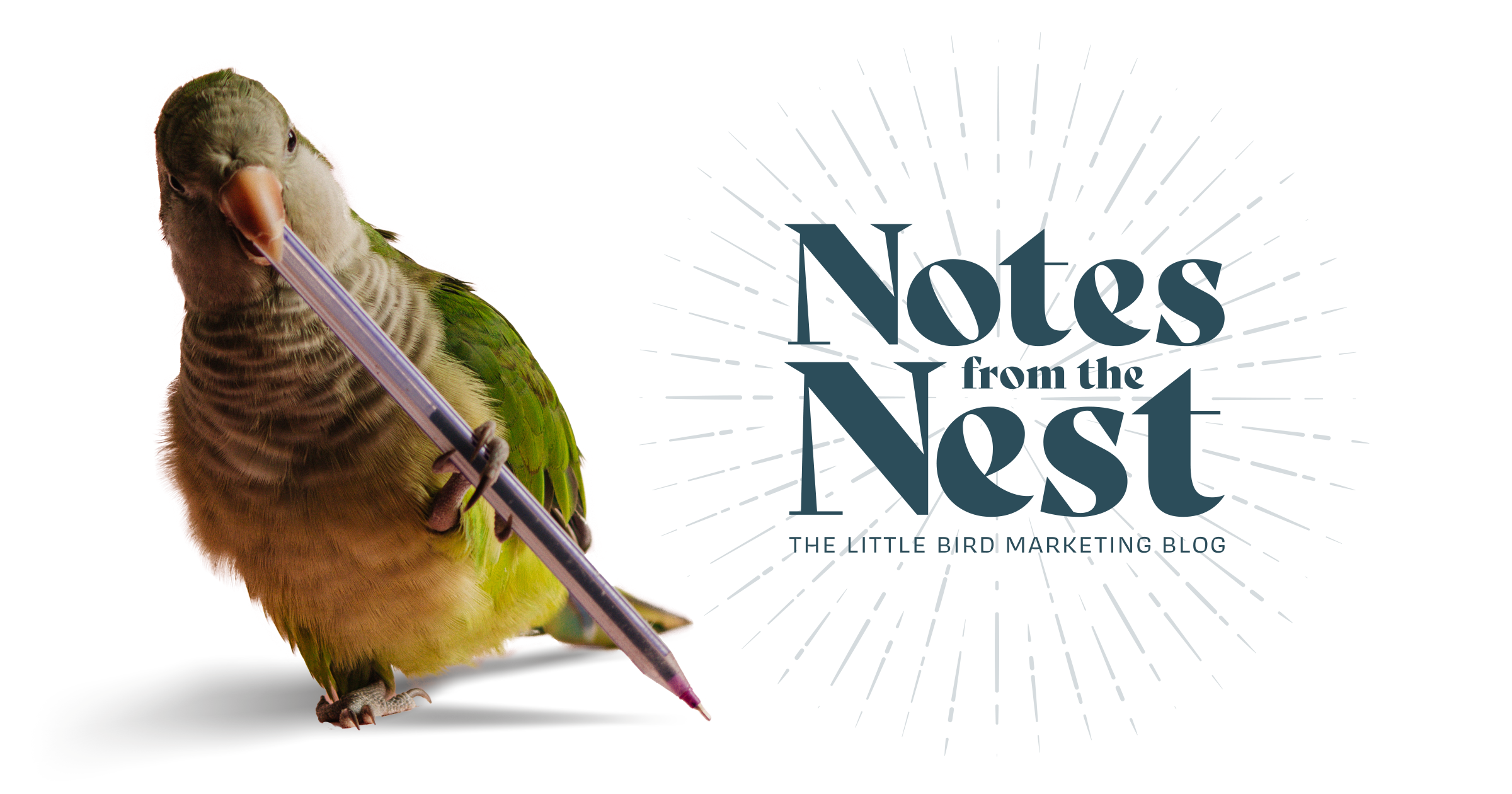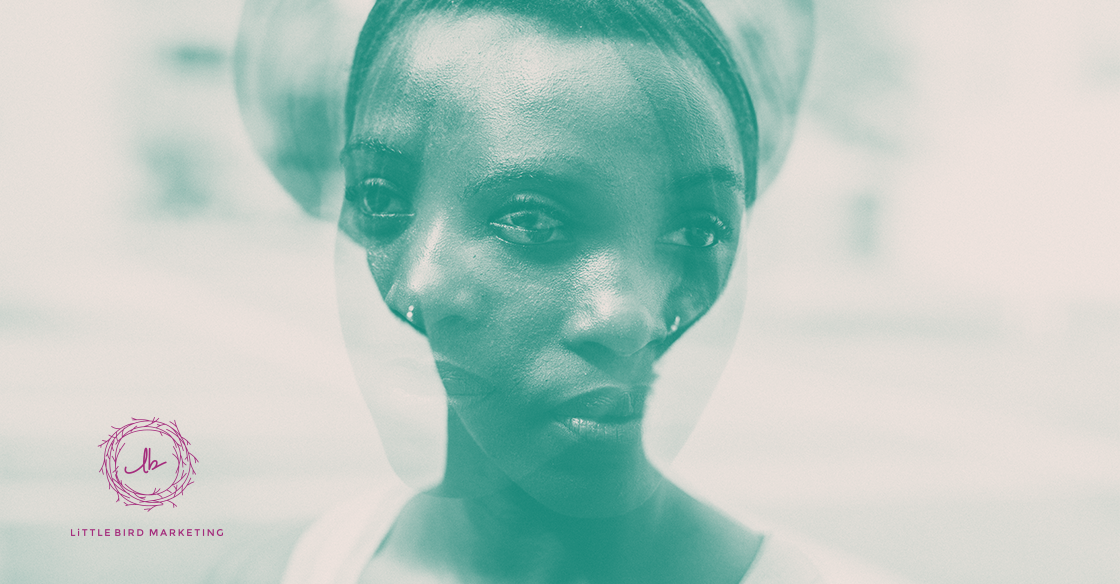How much time do you spend thinking about your decision-making process? Are your choices based on facts and figures, or on memories, emotions and gut feelings? As much as most of us would like to say that our decisions are based on fact, Fritz Grutzner of Brandgarten is pulling back the curtain on how much we let our subconscious take the reigns.
“The latest brain research has shown that about 95 percent of our cognitive activity is really subconscious. We sort of like to think that we live in this rational world where we make all these rational decisions. Like, as if the metaphor were, we're driving this car and making all these decisions. [...] A better metaphor is really, it's like we're this little mouse riding this huge elephant - and the elephant is the elephant of emotion and subconscious thinking. The elephant goes wherever it wants to go, and the little mouse says, 'yeah, I wanted to go there.'

Grutzner, during a recent Ponderings from the Perch Podcast, discussed the methods that his company employs to help companies understand their buyers. By analyzing what motivates buyers, Brandgarten can help address the way-less-tangible undercurrent of the decision-making process. Or, as he said:
“The bottom line is: we make decisions from our heart, and we rationalize them from our head, whether we like to believe that or not.”
Story-telling is a huge component of Brandgarten’s process - helping brands understand their own stories and how their stories interface with their intended audience.
“People remember stories. They don’t remember facts. The best stories tell a story about how the brand is helping someone. It’s really story about that someone; not about the brand.”
Tapping into a customer’s unfiltered thoughts isn’t easy, though. Fritz discusses some of what’s entailed, including thought-type analysis, archetype recognition, and the development of tools to facilitate abstract expression. And, in a very “first rule of fight club” way, he expresses the importance of keeping the “sub” in subconsciousness.
“Let’s say we understand that the emotion is all about feeling powerful. We make the mistake then that we try to write ads or build copy or TV ads that talk about that - and the thing about emotion is, as soon as you become consciously aware of the emotion, it ceases to be an emotion. So the message is, (really good designers, art designers, creative directors, understand this) you can say the feature, you can say the functional benefit, but you can’t say the emotion. You have to show it. You have to help people feel it. You do that through visuals, you do that through music, you do that through smells, to help people feel a certain way and they rationalize it with those features and functional benefits.”
Intrigued? You should be!
Check out the full podcast here, and start learning bunches about story-telling and how understand what motivates buyers’ choices.






Let Us Know What You Thought about this Post.
Put your Comment Below.